Table of Contents
Why Website Traffic Analysis Matters

Unlocking Growth: The Power of Website Traffic Analysis for Business Success
Understanding your website’s traffic is about more than just numbers—it’s about gaining actionable insights into your audience’s behavior, preferences, and motivations. Here’s why analyzing website traffic is essential for your business:
- Measure Success:Website traffic analysis helps you evaluate the effectiveness of your marketing campaigns, content strategies, and overall user engagement. It provides data-driven evidence of what works and what doesn’t.
- Understand User Behavior:By analyzing visitor patterns, you can discover how users navigate your site, which pages hold their attention, and what content resonates most with them.
- Optimize Marketing Efforts:Identifying the channels that drive the most traffic allows you to focus your resources on what delivers the highest return on investment.
- Enhance User Experience (UX):Traffic insights reveal pain points in the user journey, empowering you to improve site design, navigation, and overall usability.
- Boost Conversions:Understanding what motivates visitors to take action helps you refine your conversion funnels and turn traffic into tangible results.
Key Metrics to Track in Website Traffic Analysis
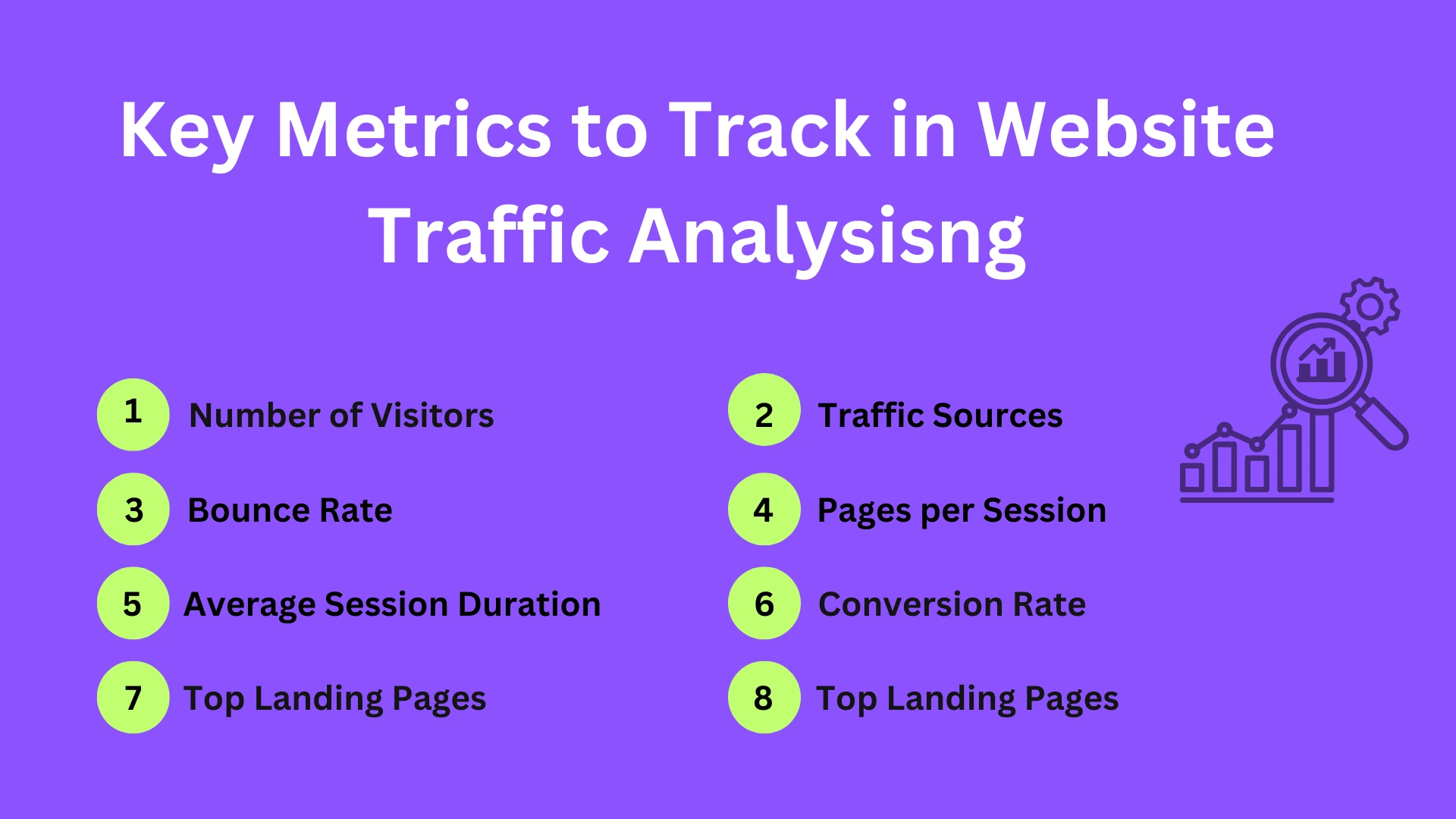
Essential Metrics: Unlocking Insights for Better Website traffic analysis Performance
Number of Callers: This is the total count of individualities visiting your point within a specific timeframe. Callers are frequently distributed into
- Unique Callers individualities visiting your point for the first time during the specified period.
- Return Callers druggies who readdress your point after their original visit.
Business Sources: Understanding where your callers come from is vital. Common business sources include
- Organic Search Traffic from hunt machines like Google or Bing.
- Direct Callers who class your website URL directly into their cybersurfer.
- Referral Traffic from other websites linking to yours.
- Social Media Callers coming from platforms like Facebook, Twitter, Instagram, or LinkedIn.
- Donated Advertising Business generated by PPC juggernauts or display advertisements.
Brio Rate: This represents the chance of callers who leave your point after viewing only one runner. A high brio rate can indicate poor stoner experience, inapplicable content, or slow runner lading times.
Runners per Session: This metric shows the average number of runners a stoner views in a single visit, reflecting their position of engagement with your point.
Average Session Duration: The average time a caller spends on your website. Longer session durations frequently indicate strong content engagement or effective point design.
Conversion Rate:The chance of callers who complete a asked action, similar as making a purchase, subscribing up for a newsletter, or filling out a form. This is a critical measure of your website’s effectiveness.
Top Landing runners: These are the runners where druggies first enter your point. relating your top- performing wharf runners helps you understand what content draws the most business.
Top Exit runners: These are the last runners druggies view before leaving your point. Tracking exit runners offers perceptivity into where you may be losing followership interest and openings for enhancement.Learn more
Essential Tools for Website Traffic Analysis
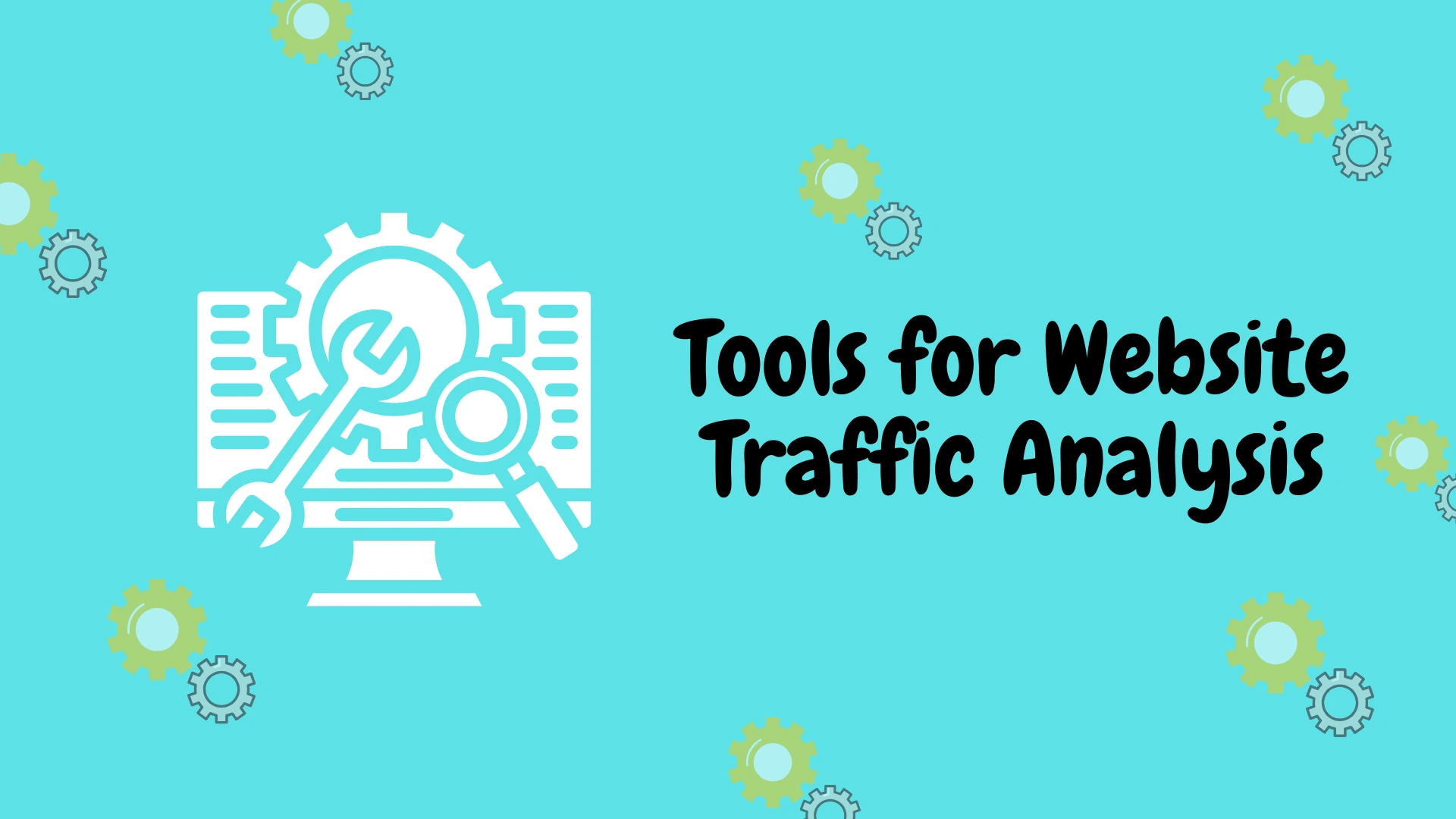
Essential Tools for Website Traffic Analysis
- traffic analysisGoogle Analytics: The industry standard for website traffic analysis, Google Analytics offers detailed insights into traffic sources, user behaviour, conversion rates, and more. Its real-time tracking and customisable reports make it indispensable for comprehensive website traffic analysis.
- SEMRush: A robust tool for website traffic analysis, SEMRush provides extensive data on keyword rankings, competitor performance, and traffic sources. Its ability to identify content gaps and backlink opportunities makes it a top choice for marketers.
- Ahrefs: Known for its backlink tracking capabilities, Ahrefs is essential for organic traffic growth. This tool excels at identifying high-performing content and keywords, making it a staple in website traffic analysis strategies.
- Hotjar: A user-friendly tool that enhances website traffic analysis by offering heatmaps, session recordings, and surveys. Hotjar helps visualise user interactions and pinpoint areas for improvement on your website.
- Moz: A comprehensive platform for website traffic analysis and SEO optimisation, Moz tracks keyword rankings, domain authority, and site audits. Its easy-to-use interface is ideal for beginners and professionals alike.
- HubSpot: Combining website traffic analysis with customer relationship management (CRM), HubSpot is perfect for inbound marketing. It provides insights into lead generation, user behaviour, and campaign performance.
- Crazy Egg: Specialising in heatmaps and A/B testing, Crazy Egg takes website traffic analysis to the next level by visualising how visitors interact with your site. This data helps refine layouts and improve conversion rates.
- Clicky: An alternative to traditional tools, Clicky offers real-time analytics for website traffic analysis. Its unique features include uptime monitoring and on-site heatmaps, making it highly effective for tracking user behaviour.
Step-by-Step Guide to Website Traffic Analysis
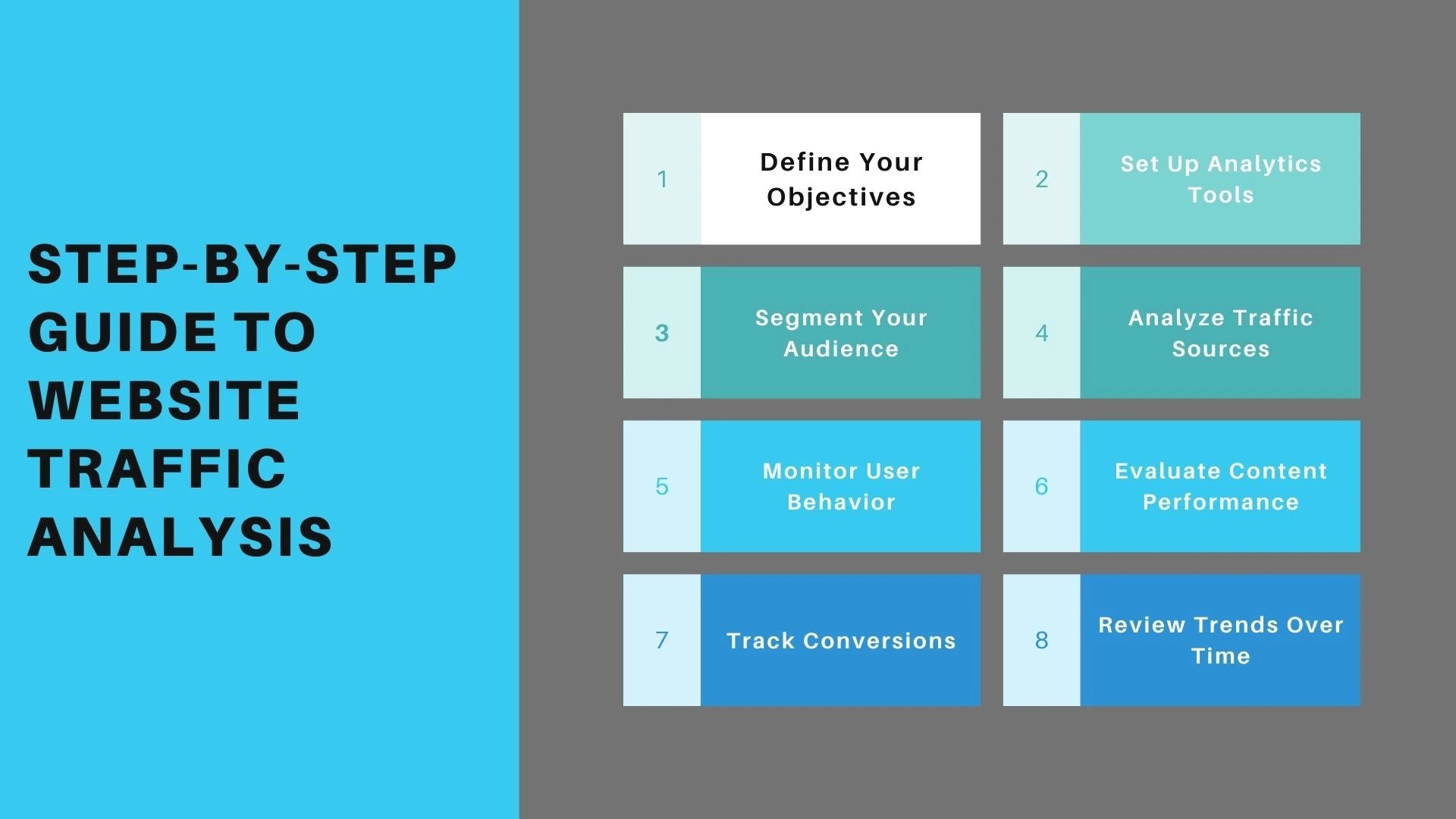
Website Traffic analysis: A Step-by-Step Guide to Optimizing Performance
Define Your Objectives
Before diving into data analysis, clarify your specific goals. Are you aiming to increase sales, enhance brand awareness, or improve user engagement? The clarity of your objectives will shape the way you approach your analysis. Knowing whether you want to optimize for conversions or simply build traffic will inform which data points are most important.
Set Up Analytics Tools
To perform effective analysis, setting up tools like Google Analytics is crucial. Ensure these tools are correctly installed and integrated with your website so that data tracking functions smoothly. Implementing tracking codes on key pages allows for accurate data collection and reliable insights across your site.
Segment Your Audience
A thorough analysis requires segmenting your audience by demographics, location, behavior, and traffic sources. This segmentation gives you a deeper understanding of how different user groups engage with your site. By analyzing each segment’s activity, you can tailor strategies to better serve each audience, improving overall performance through targeted insights.
Analyze Traffic Sources
Understanding where your visitors are coming from is essential. Assess the performance of various channels like organic search, paid ads, social media, and referrals. A detailed analysis will help you identify which channels drive the most traffic, and how each contributes to your site’s engagement and conversion goals.
Monitor User Behavior

Monitor User Behavior for website traffic analysis
In order to dive deeper into analysis, observing user behavior is key. Session recordings, navigation flow reports, and heatmaps tell you how users are engaging with your site. These utilities reveal where individuals focus their attention, where they drop off, and what might be causing friction. Understanding this behavior through your analysis streamlines the user experience.
Evaluate Content Performance
Content is typically the primary driver of traffic, so your analysis needs to include examining the performance of your content. Identify top-performing pages and assess what makes them successful in terms of messaging, design, and content type. Similarly, analysis helps you pinpoint underperforming content so you can refine your strategies and optimize those pages to attract more traffic.
Track Conversions
Analysis also involves understanding the conversion process. Examine your conversion funnel to identify where visitors are dropping off before completing a desired action. Tracking these conversions improves your analysis and enables you to optimize your calls-to-action (CTAs) for better engagement and higher conversion rates.
Review Trends Over Time
You can strengthen the effectiveness of your analysis by studying trends in data over extended periods. Compare traffic data weekly, monthly, and yearly to identify growth patterns, seasonal fluctuations, or shifts in user behavior. Long-term analysis like this helps inform future strategies and allows you to make data-driven decisions to enhance performance.
Optimizing Website Performance Based on Traffic Analysis
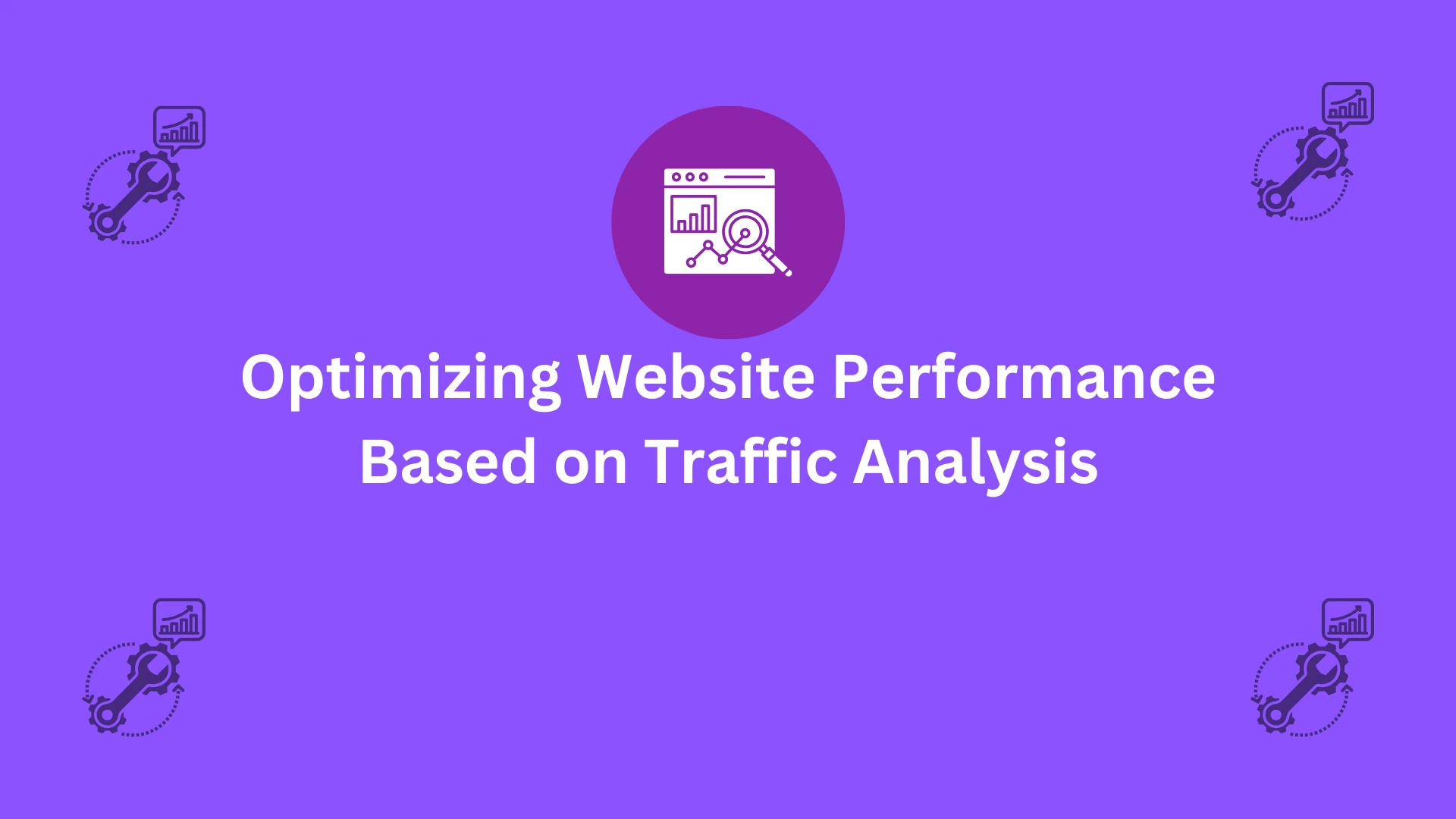
Transforming Data into Results: Optimizing Website Performance with website traffic analysis Insights
Enhance SEO
- Conduct Keyword Research
Leverage insights from analytics tools to identify high-performing keywords that align with your audience’s search intent. Optimize existing pages by strategically placing these keywords in key areas such as headings, meta descriptions, and body content. This not only improves organic rankings but also attracts more relevant traffic that is more likely to convert. - Improve On-Page SEO
Refine critical on-page SEO elements, including meta titles, descriptions, and header tags, to better match the needs and expectations of your audience. Ensure that each page’s content is aligned with what users are searching for to improve engagement and encourage longer site visits. - Build Quality Backlinks
Research and identify high-quality backlink opportunities from competitors and authoritative websites within your niche. Cultivating a strong backlink profile helps to improve domain authority, increase referral traffic, and boost organic rankings, enhancing your site’s visibility in search results.
Improve User Experience
- Simplify Navigation
Use website traffic insights to streamline site navigation. Based on user flow data, reorganize menus and categories to make it easier for visitors to find the information they’re seeking. A simplified, intuitive navigation structure enhances user experience, reduces bounce rates, and increases time spent on site. - Optimize Site Speed
Page load speed is a critical factor in retaining users and boosting SEO. By analyzing site performance data, identify elements that slow down your website and implement optimizations, such as image compression and server improvements, to enhance load times. A faster website improves user retention and reduces bounce rates, directly contributing to better conversions. - Ensure Mobile Responsiveness
With an increasing number of users browsing on mobile devices, it’s essential to ensure that your website provides a seamless experience across all screen sizes. By analyzing mobile user behavior, you can identify any issues with layout, navigation, or load times and make adjustments to ensure optimal engagement and conversions on mobile devices.
Refine Content Strategy
- Create Engaging Content
Utilize website traffic data to understand audience preferences, trending topics, and user behavior. Create high-quality, relevant content tailored to what your audience is looking for. Content that resonates with users keeps them engaged, encouraging repeat visits and boosting traffic through shares and backlinks. - Update Outdated Posts
Regularly revisit older content and refresh it with up-to-date information, new keywords, and improved formatting. Updating outdated posts ensures that your content remains relevant and valuable, which helps maintain traffic over time and improves SEO rankings. - Incorporate Multimedia
Engage users with rich media like images, videos, infographics, and interactive content. Studies have shown that multimedia content leads to higher engagement, better retention, and improved shareability. Use multimedia to break up text and enhance the overall user experience, making your content more visually appealing and engaging.
Leverage Social Media

Amplify Impact: Leverage Social Media to Connect and Engage
- Share Consistently
Identify the best-performing platforms for your audience, based on traffic analysis, and share your content consistently. Regularly posting on these platforms keeps your brand top-of-mind, drives more traffic to your website, and increases your visibility. - Engage with Your Audience
Social media is not just about posting content; it’s about creating conversations. Encourage audience interaction through comments, polls, and messages. Engaging with your audience builds relationships, fosters loyalty, and improves brand visibility, leading to increased website traffic.
Utilize Paid Advertising
- Invest in PPC Campaigns
Paid advertising, such as Google Ads or social media PPC campaigns, helps you target specific demographics and keywords to drive relevant traffic to your website. Regularly analyze PPC data to refine targeting, improve ad copy, and optimize your campaigns to get the most ROI. - Use Retargeting Ads
Re-engage visitors who have already interacted with your site but didn’t complete a desired action. Retargeting ads allow you to bring them back with personalized offers, discounts, or content they previously showed interest in. Retargeting increases conversion rates by keeping your brand front and center for past visitors.
Additional Strategies to Boost Your Website’s Performance
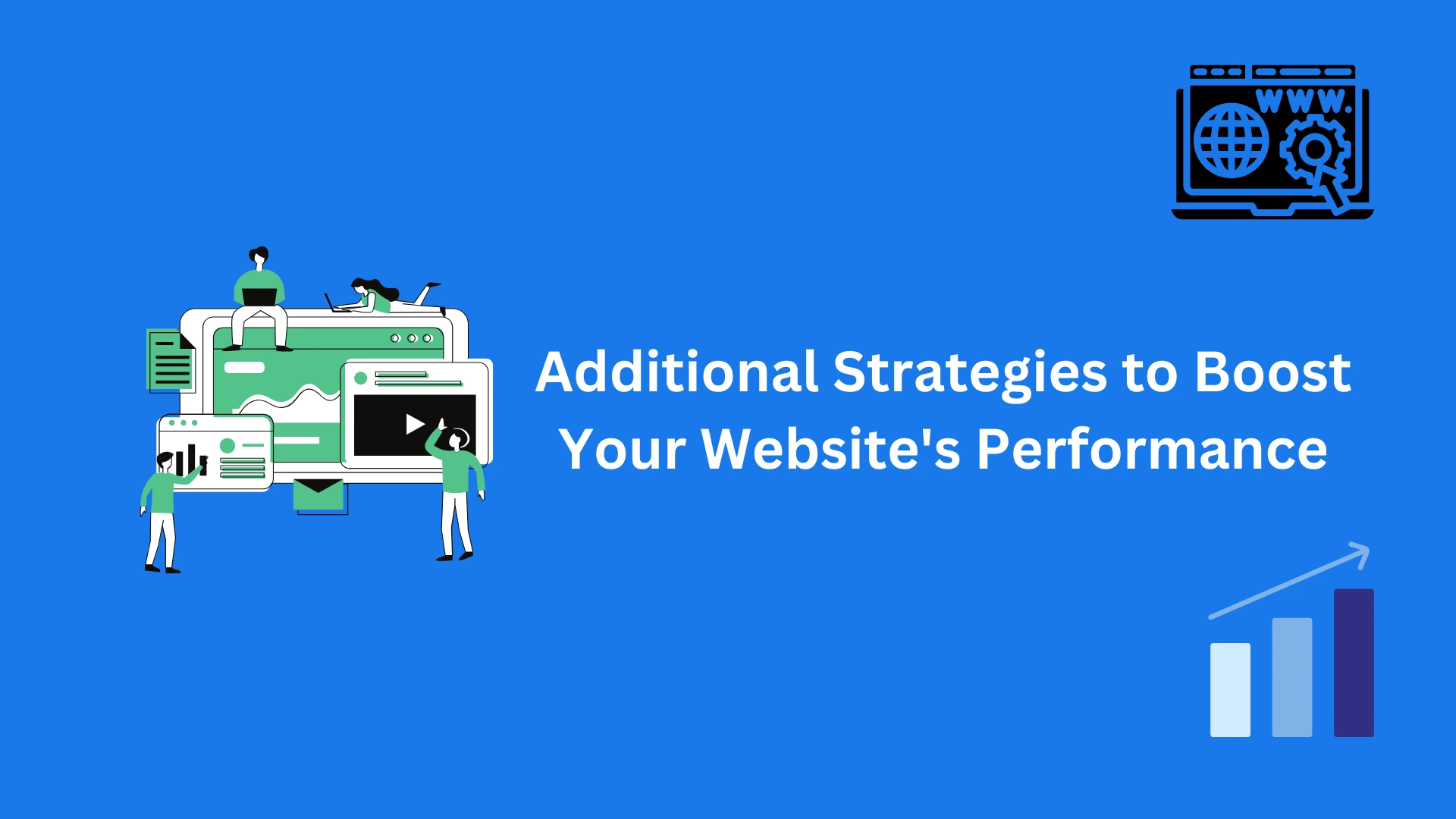
Elevate Your Online Presence: Proven Strategies to Boost website traffic analysis Performance
- Conduct A/B Testing
Test different variations of your website’s design, content, and CTAs to determine what resonates best with your audience. A/B testing allows you to make data-backed decisions, improving user experience and optimizing conversion rates. - Utilize Heatmaps and Session Recordings
Tools like heatmaps and session recordings give valuable insights into how users interact with your website. By analyzing where users click, scroll, or drop off, you can identify pain points and make adjustments to enhance usability and engagement. - Analyze Competitor Traffic
Keep an eye on your competitors’ websites and their traffic sources. Tools like SEMrush or Ahrefs can provide data on where your competitors’ traffic is coming from, which keywords they are ranking for, and what content they are publishing. Understanding competitor strategies can help you refine your own approach and stay competitive. - Improve Site Architecture
A well-structured website is not only beneficial for SEO but also for the overall user experience. A clear and logical site architecture helps both search engines and users navigate your site more effectively. Implement a silo structure for related content, ensuring that your pages are linked together in a meaningful way to boost rankings and ease of use. - Focus on Local SEO
If you run a local business, optimizing your website for local searches is essential. Make sure your NAP (Name, Address, Phone) is consistent across your site and local listings, optimize your content for local keywords, and encourage positive reviews to improve your local search visibility and drive more foot traffic.
By consistently refining these aspects of your website and digital strategy, you can achieve long-term growth, improve user satisfaction, and ensure sustained traffic and conversions. Each of these tactics, when executed properly, works together to create a cohesive and optimized online presence.
Common Challenges in Website Traffic Analysis
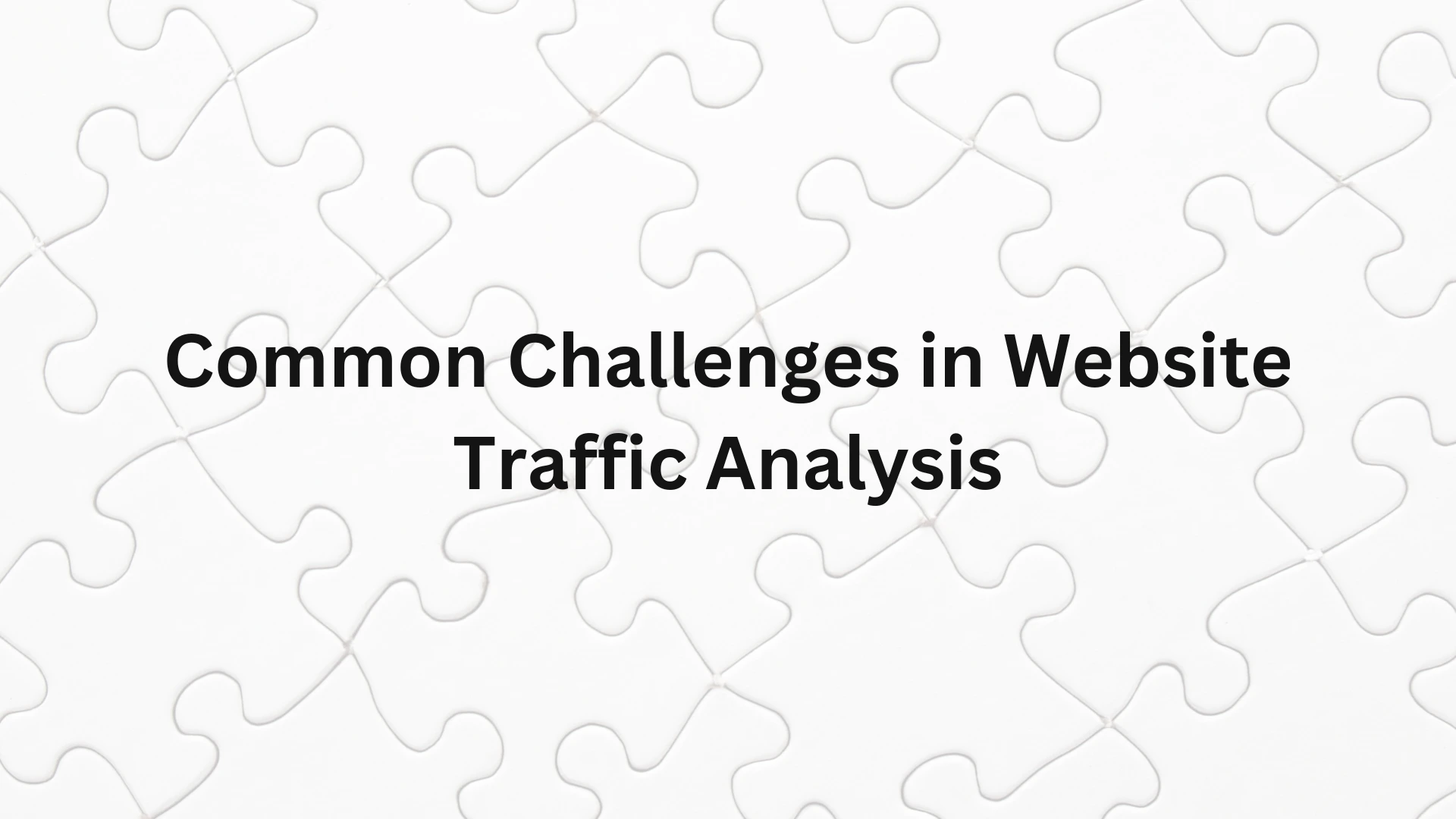
Overcoming Hurdles: Navigating Common Challenges in Website Traffic Analysis
- Data Overload: In the age of big data, websites generate a vast amount of information, making it easy to become overwhelmed. However, it’s essential to focus on key metrics that align with your business goals to ensure effective website traffic analysis. By identifying the most relevant data—such as bounce rates, session duration, or traffic sources—you can gain actionable insights without getting lost in the noise. Avoiding information overload allows you to make smarter, data-driven decisions that directly improve performance and drive growth.
- Spam Traffic: One of the biggest challenges in website traffic analysis is dealing with fake or bot traffic, which can severely distort your data. Bot traffic often inflates visitor numbers and skews engagement metrics, leading to misleading conclusions. To maintain the accuracy of your analysis, implement robust filters and use tools like Google Analytics’ bot filtering feature to exclude non-human traffic. This ensures your data reflects genuine user behavior, enabling you to make well-informed decisions based on real insights.
- Cross-Device Tracking: With users accessing websites across multiple devices, accurately tracking their behavior can be complex. Users might start browsing on a mobile device, then switch to a desktop, which can make it difficult to capture a clear picture of their journey. Advanced tracking tools, such as Google Analytics 4, can help provide seamless cross-device tracking by using user IDs and consistent session management. This allows you to understand the complete user journey and make adjustments to improve the overall experience, regardless of the device they use.
- Privacy Regulations: As digital privacy concerns continue to grow, ensuring compliance with laws like GDPR (General Data Protection Regulation) and CCPA (California Consumer Privacy Act) is more important than ever. These regulations require businesses to obtain user consent before collecting data, offer transparency about data usage, and provide users with rights to access or delete their information. It’s crucial to integrate these privacy standards into your website traffic analysis practices. By doing so, you not only build trust with your users but also avoid potential legal and financial risks associated with non-compliance.
By addressing these common challenges—data overload, spam traffic, cross-device tracking, and privacy regulations—you can ensure that your website traffic analysis is both accurate and effective, providing the insights needed to optimize performance and drive business success.


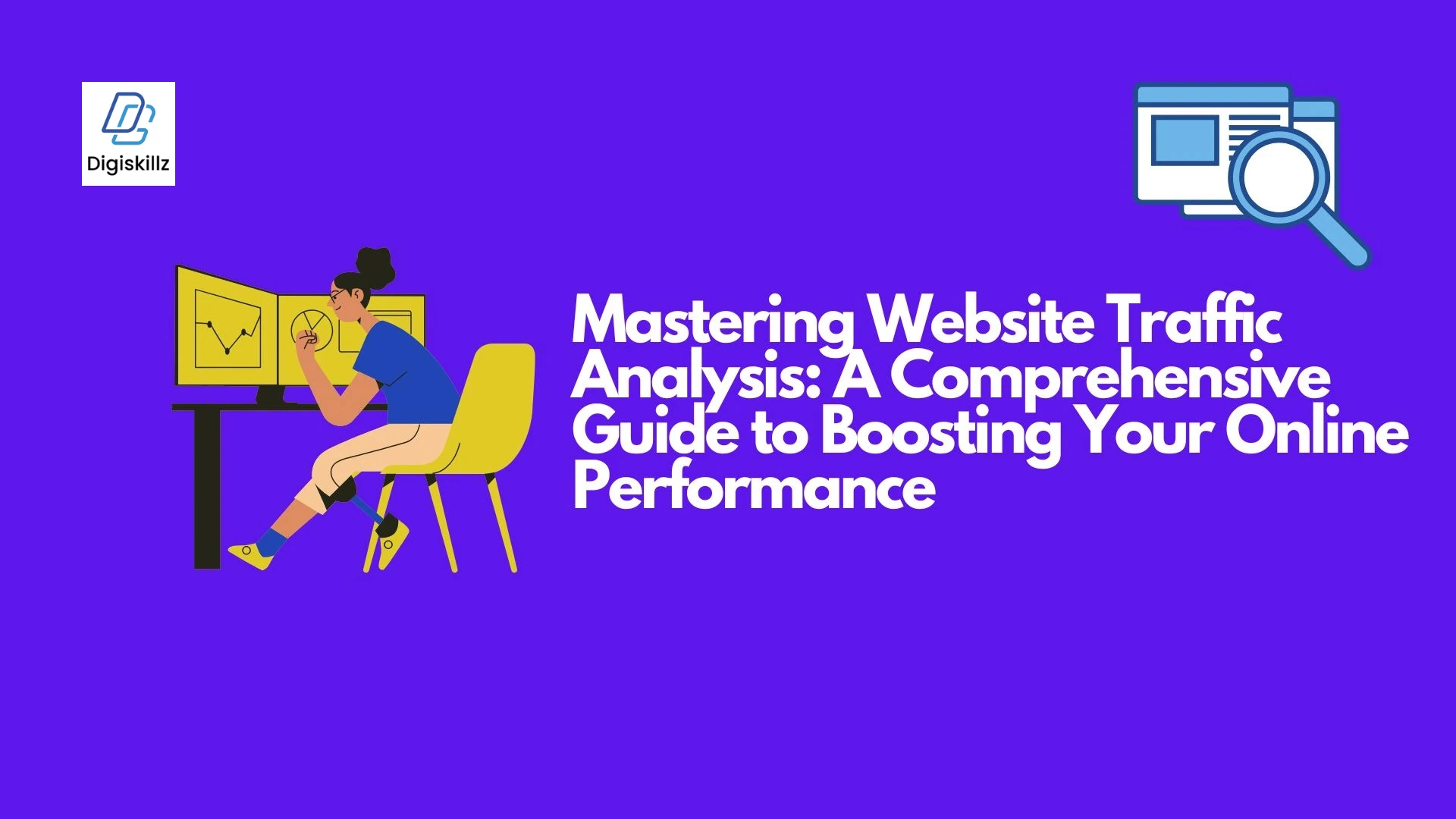
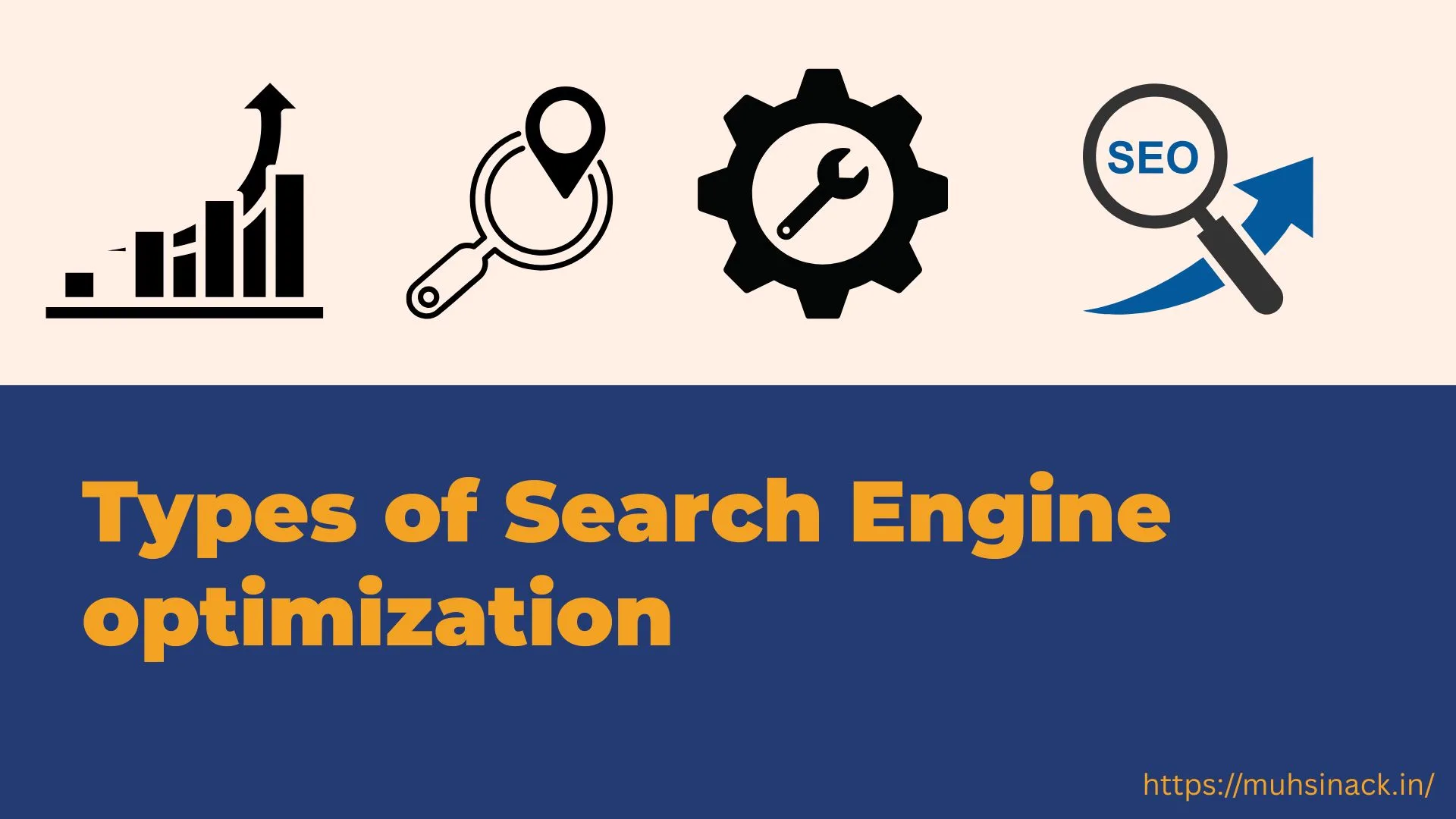




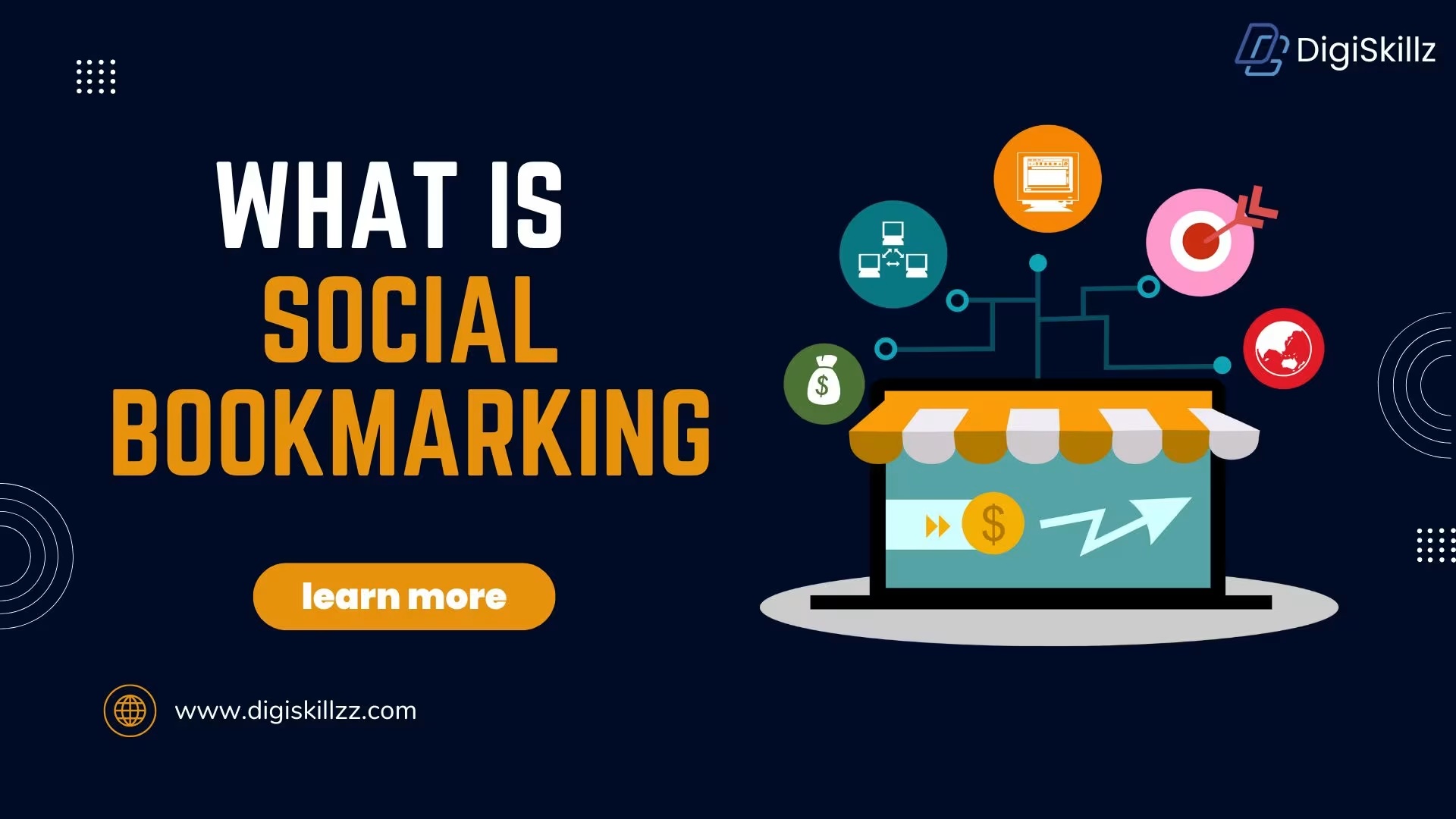


Leave A Comment